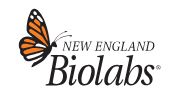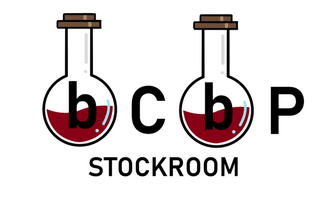Luna® Universal qPCR Master Mix - 2X - 500 reactions - M3003L
$298.66
Pre-order
Out of stock, available for pre-order
1
Product Details
Luna® Universal qPCR Master Mix - 2X - 500 reactions - M3003L
Rapid, sensitive and precise dye-based qPCR detection and quantitation of target DNA and cDNA sequences.
Make a simpler choice
- One product per application simplifies selection
- Convenient master mix formats and user-friendly protocols simplify reaction setup
- Non-interfering, visible tracking dye helps to eliminate pipetting errors
Experience best-in-class performance
- All Luna® products have undergone rigorous testing to optimize specificity, sensitivity, accuracy and reproducibility
- Products perform consistently across a wide variety of sample sources
- A comprehensive evaluation of commercially-available qPCR and RT-qPCR reagents demonstrates superior performance of Luna products
Product Information
The Luna Universal qPCR Master Mix is an optimized 2X reaction mix for real-time qPCR detection and quantitation of target DNA sequences using the SYBR®/FAM channel of most real-time qPCR instruments. It contains Hot Start Taq DNA Polymerase and has been formulated with a unique passive reference dye that is compatible across a variety of instrument platforms (including those that require a high or low ROX reference signal). It also features dUTP for carryover prevention and a non-fluorescent, visible dye to monitor reaction setup. This dye does not spectrally overlap with fluorescent dyes used for qPCR and will not interfere with real-time detection.
The master mix formulation is supplied at 2X concentration and contains all PCR components required for amplification and quantitation of DNA except primers and DNA template. Genomic DNA or cDNA of interest can be quantitated with Luna qPCR, and existing as well as commercial qPCR assay primer sequences can be used.
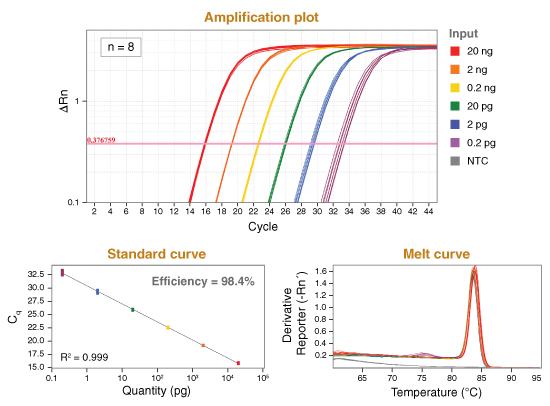
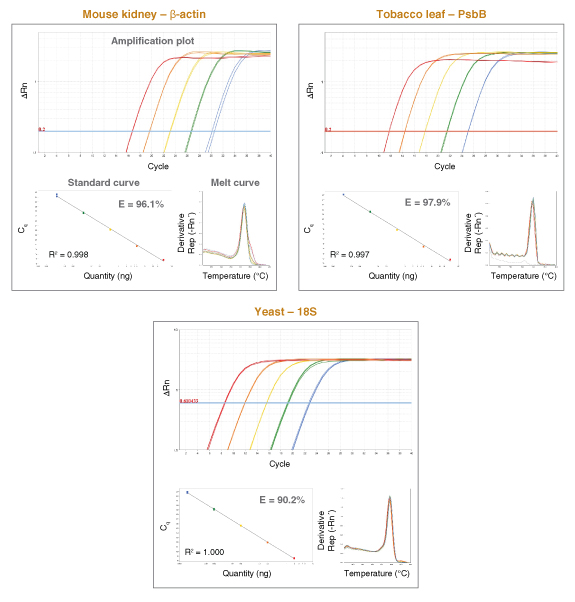
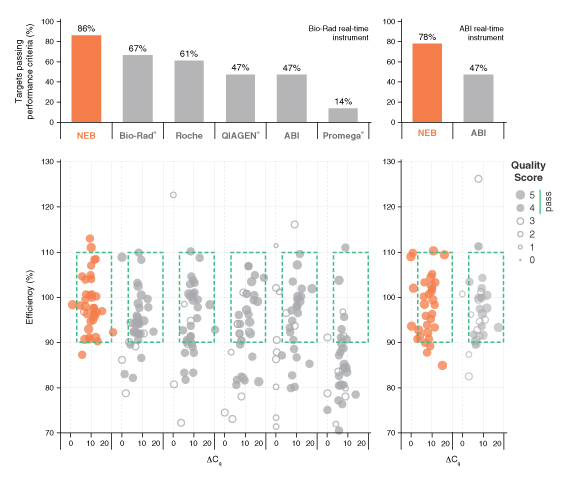
Learn more about our comprehensive qPCR/RT-qPCR testing and “dots in boxes” data visualization
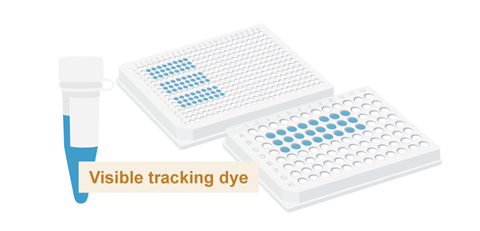
Save this product for later
Luna® Universal qPCR Master Mix - 2X - 500 reactions - M3003L
Display prices in:USD
